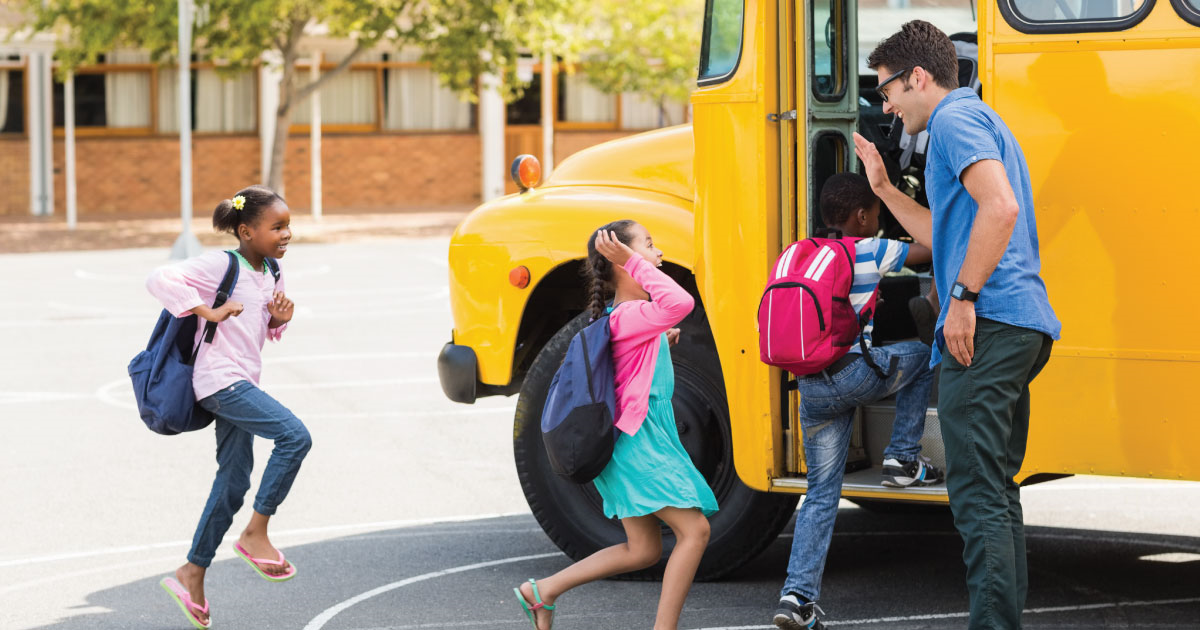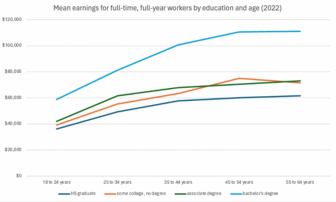This morning I woke up sure that my kids should go back to school when it reopens in just over a month. Knowing their school is planning outdoor classrooms helps diminish my fear somewhat, so that the risk we’d be knowingly undertaking might be worth the benefits: my kids need to be around other kids, and I need six consecutive hours each day to work. Two hours later, I read an account of two toddlers whose mother died of the virus (she likely caught it from one of them) and violently changed my mind. I’ll probably change my mind five more times before the end of the day.
The debate in my own head mirrors the debate in our community. Is reopening safe for my kids? For me? Will we give up seeing our extended family if the kids go to school? If families with means opt-out, is reopening racist? How are we protecting teachers? How are we rewarding teachers? How are we supporting teachers? How do we accommodate the full range of family needs? A task force convened by Governor Whitmer released the MI Safe Schools plan, which tracks back to the overall Safe Start plan for reopening. The document lays out thorough guidance and a helpful framework to determine which protocols are needed in schools to decrease risk at different stages of restart, based on the stage of pandemic. I have no doubt that districts are leaning heavily on the recommendations of this document to design their safety measures.
We at MFI are not trying to wade in with an opinion on the safety conversation whatsoever (not our expertise!) but I mention it to frame out an important context. The context is that a pandemic is a holy mess.
What is increasingly troubling to me is that it feels more evident every day that remote learning is going to be a part of the upcoming year, it’s imperative we do it well, and we don’t really know how–at scale and for all kids. School staff are working tirelessly right now to get the safety part right–aided by the MI Safe Start guidance–and my sense is they have little time to plan innovative remote learning strategies that reach all children. This is where a robust, collaborative approach to figuring out how to do remote education well could have come in. (To be clear: this was not a part of the mandate of the MI Safe Schools task force.) As I said in my last post, it would be easier to choose the risk-averse option of remote learning if we had any faith we could do it well.
Districts are being left to figure out remote learning solutions on their own, as though what is decided about remote schooling isn’t deeply entangled with most other aspects of how our society functions. Similarly, schooling is also the place where the deep, unconscionable inequities baked into our system quickly reveal themselves, with affluent families considering private tutors and parents who work two minimum-wage jobs desperate to send their kids to school.
I revisited this Dana Goldstein New York Times article from early May that contrasts the experiences of two schools, one private and one public, in adapting to the sudden remote learning environment of this spring. As I mentioned in a previous post, it’s clear that schools who serve poor and non-white kids are more likely to need to do more to make remote schooling work. Yet they have fewer resources.
But the article shows us that some schools are figuring out a passable remote option that, like in-person school, builds on the relationship between students and their classroom teacher—a relationship that is more powerful than any combination of online modules run by A.I. This relationship responds in real-time to student engagement levels, checks for understanding, contextualizes learning and makes it relevant, responds to the emotional needs of pupils, and provides the caring relationship that makes deep learning possible.
Remote options that don’t include a meaningful relationship with a human teacher are likely to fail our kids.
However, the private school solution described by Goldstein also depends on active presence and involvement from parents, especially for young children–something we know we can’t rely on for all kids. So that can’t be the basis of an at-scale solution.
What would quality look like? It would include access for all; it would focus on building higher level skills in all kids; it would be built to engage kids, despite the barrier of the screen; it would leverage creativity; and it would lean on the current moment. And it would be designed to be engaging and feasible for all students. No one district is going to invent the ideal remote schooling option. This will take significant investment in curriculum, assessment, teacher training, and technology. Which is why I ask about where our national task force was.
There is no reason why quality learning opportunities shouldn’t be available to everyone, even remotely. There are certainly lots of excuses—money, training, logistical difficulties—but if there truly was the will, if preserving educational opportunity for all was a priority—we could overcome any of those. We could figure out options that maximize safety, respond to individual student strengths and challenges, and provide the resources where they are most needed. We’d figure out how to support teachers to make remote learning work.
Because inequity is structural, equity can’t be achieved in a single district alone. Without some coordinating effort, the remote options on offer are likely to be even more divergent than the district experiences were before covid.
Why? Because inequity is what we’ve accepted for a long time, and continue to accept today.







